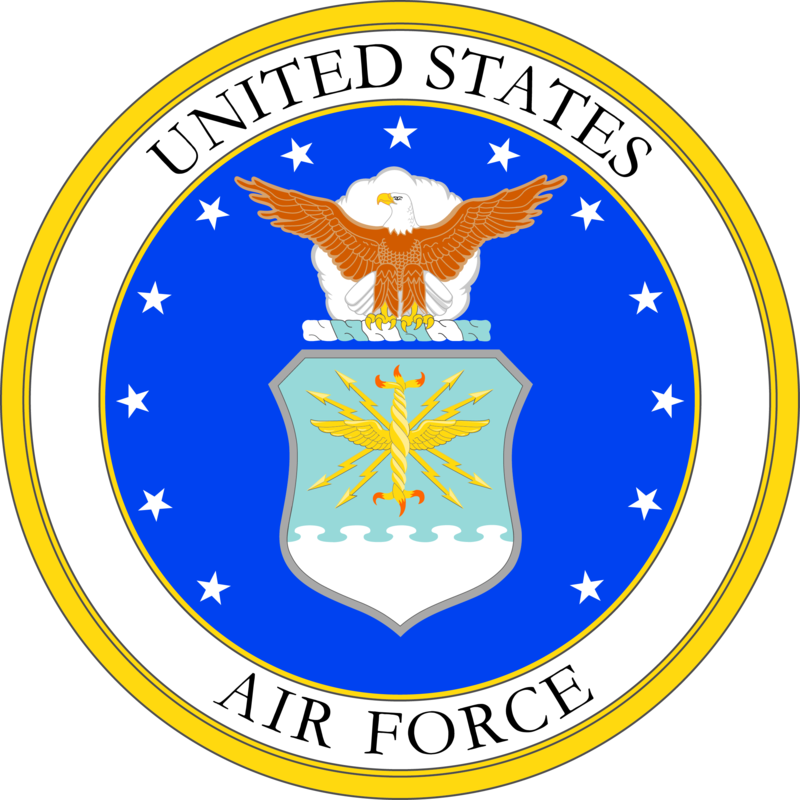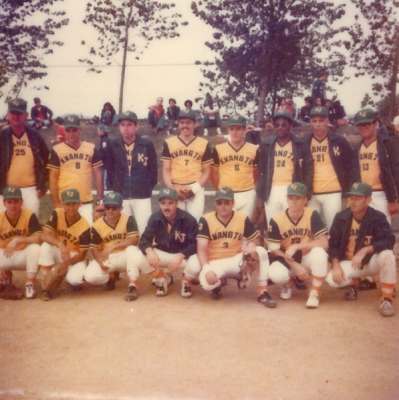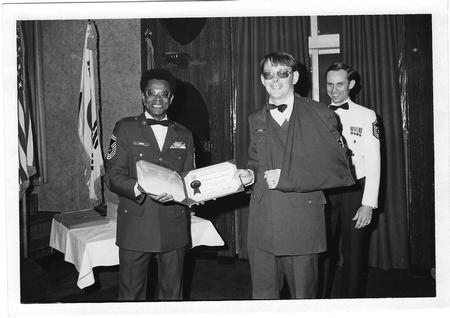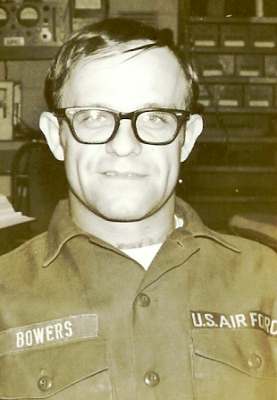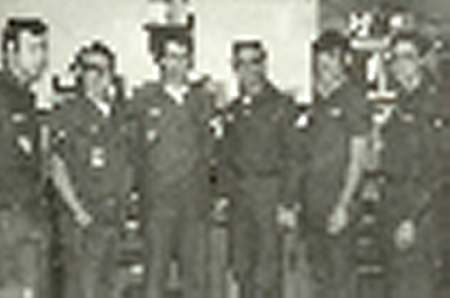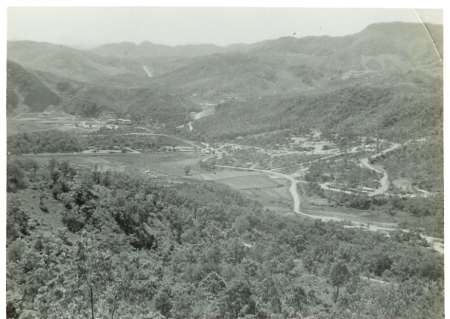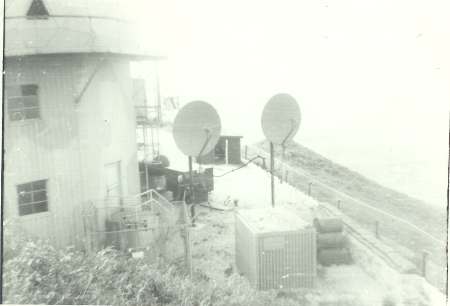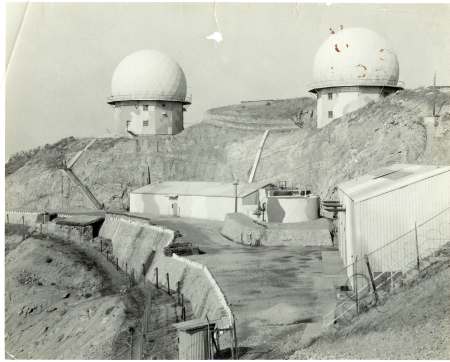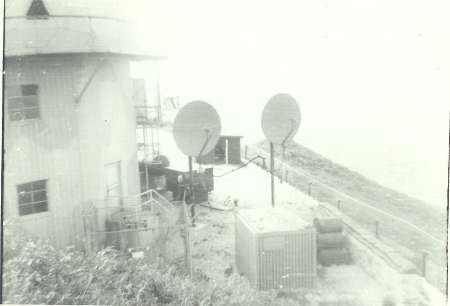ABOUT 2146th Communications Group, 51 Fighter Wing, Osan Air Base, Korea
- Strategic Location: The 2146th Communications Group was based at Osan Air Base, a critical hub for U.S. and ROK (Republic of Korea) military operations just 48 miles south of the DMZ.
- Cold War Mission: During the height of the Cold War, the 2146th played a vital role in maintaining secure, reliable communications between U.S. forces in Korea and command elements in the Pacific and Washington, D.C.
- Support to 51st Fighter Wing: The group directly supported the 51st Fighter Wing, ensuring rapid command and control communications for F-16 and A-10 aircraft missions.
- 24/7 Operations: The unit operated around the clock, providing continuous communication links—including encrypted messages, data, and voice—to support both routine and emergency military operations.
- Participation in Team Spirit Exercises: The 2146th regularly participated in large-scale joint U.S.-ROK exercises like Team Spirit, testing their capacity to manage high-intensity, real-time communications under simulated wartime conditions.
- Technological Advances: The group was at the forefront of implementing state-of-the-art communications technology, including satellite links, secure teletype, and high-frequency radio systems.
- Response to Tensions: During periods of heightened alert—such as the 1976 Axe Murder Incident and North Korean infiltrations—the 2146th played a critical role in rapid information dissemination and crisis response coordination.
- Diversity of Personnel: The unit was composed of a diverse mix of Air Force specialists, including radio operators, cryptologists, and computer technicians, many of whom became experts in both American and Korean procedures.
- Legacy of Service: Many veterans of the 2146th have recounted stories of camaraderie, cultural exchange, and the unique challenges of serving in a forward-deployed communications unit on the Korean Peninsula.
- Unit Inactivation and Evolution: The 2146th Communications Group was eventually inactivated as part of post-Cold War restructuring, but its legacy lives on in successor units—such as the 51st Communications Squadron—continuing the mission of providing vital communications at Osan Air Base.

